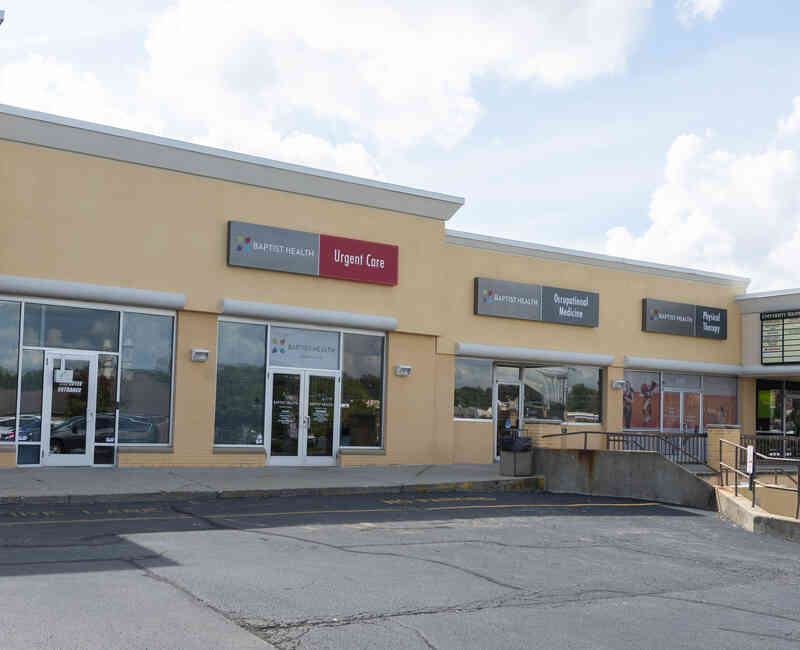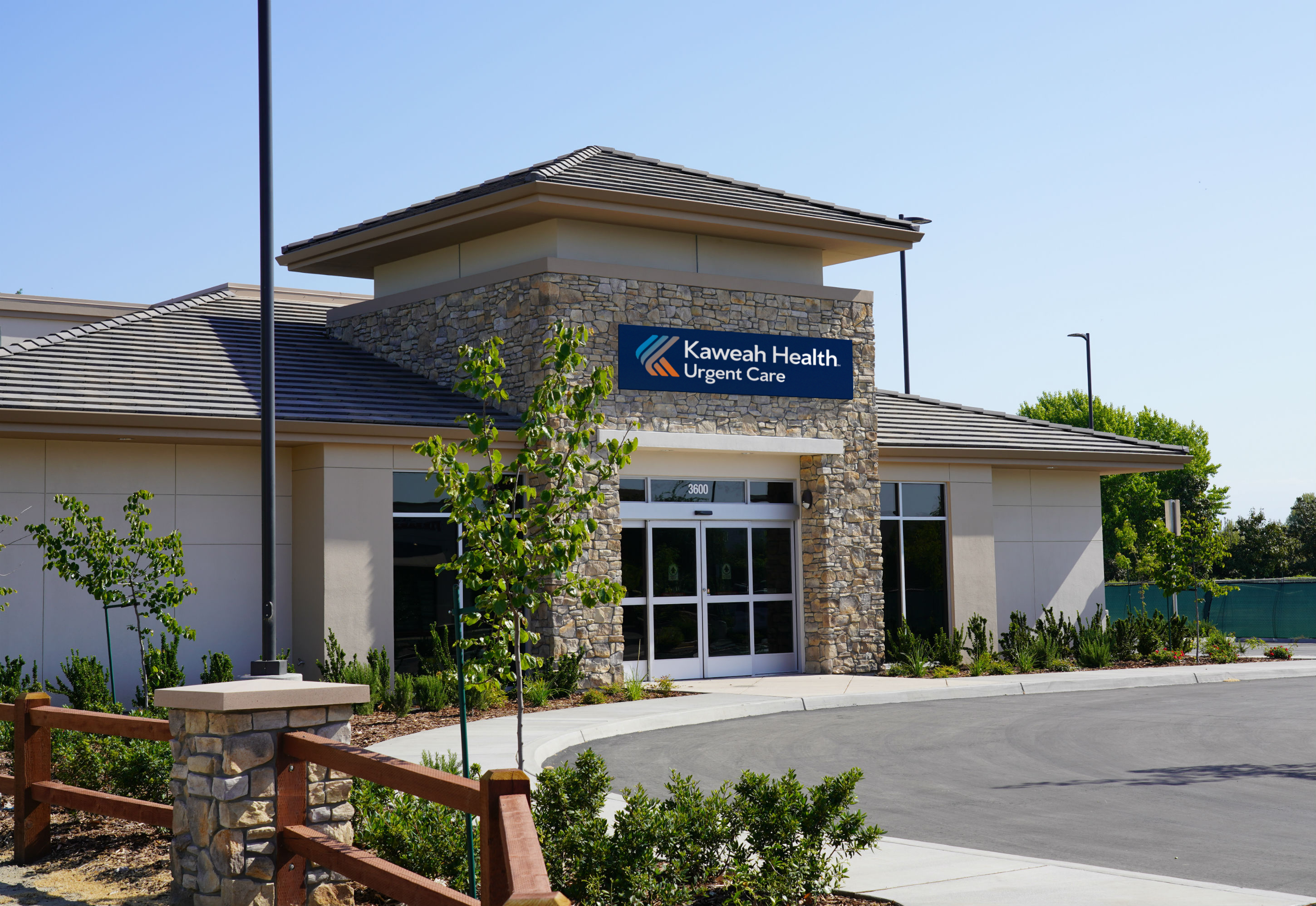The Ultimate Guide to Understanding Urgent Care Clinics
The Ultimate Guide to Understanding Urgent Care Clinics
Blog Article
The Significance of Urgent Care Centers in Linking the Space Between Health Care and Emergency Services
Urgent care facilities have actually emerged as a crucial part of the health care landscape, effectively resolving the essential requirement for instant clinical interest without resorting to emergency situation solutions. The evolving role of immediate care facilities increases essential questions concerning their integration within the wider medical care system and the effects for patient end results and resource allocation.
Review of Urgent Care Centers
Urgent care facilities have actually come to be a crucial part of the health care delivery system, supplying easily accessible medical services for non-life-threatening conditions. These centers normally operate outside typical office hours, offering clients an alternative to emergency situation rooms and medical care settings. Clients seeking immediate treatment usually existing with issues such as minor injuries, infections, or illnesses that call for punctual attention but do not pose an immediate risk to life or arm or leg.
Immediate care centers are staffed by a series of health care experts, consisting of doctors, registered nurse practitioners, and physician aides, that are furnished to diagnose and deal with numerous medical problems. They often feature analysis devices such as X-ray equipments and lab solutions, enabling them to offer extensive care on-site.
The establishment of immediate treatment facilities has been affected by the increasing demand for prompt clinical solutions in a hectic society, where clients may have a hard time to secure consultations with main treatment service providers. Consequently, these centers aim to relieve blockage in emergency situation divisions, improving general medical care efficiency. Additionally, immediate care facilities commonly work as a bridge in between health care and emergency solutions, guaranteeing that patients get appropriate care customized to their certain clinical needs.

Advantages of Urgent Care Solutions
Accessing prompt medical treatment is a substantial benefit of urgent care solutions. These facilities give immediate attention for non-life-threatening problems, efficiently minimizing wait times compared to typical emergency divisions. Patients seeking take care of minor injuries, diseases, or urgent wellness issues can obtain treatment without the long delays often connected with health center visits.
Another trick benefit is the extensive hours of operation. Many immediate care facilities are open evenings and weekend breaks, suiting clients that might not be able to visit their medical care provider throughout standard office hours. This adaptability makes urgent treatment an available choice for those with active schedules or sudden wellness problems.
Furthermore, immediate care centers often provide a wide range of solutions, consisting of diagnostic testing, X-rays, and fundamental laboratory services. This thorough strategy allows for quick medical diagnosis and treatment, enhancing client complete satisfaction.
In addition, immediate treatment centers are commonly extra cost-efficient than emergency rooms, making them an attractive choice for individuals without insurance coverage or those with high-deductible plans. Overall, immediate care services play an essential function in offering easily accessible, prompt, and inexpensive clinical care.
Comparison With Primary Care
Typically, clients usually weigh their alternatives in between urgent treatment centers and key treatment service providers when looking for medical attention. Both serve essential duties in the healthcare system, yet they vary significantly in expense, availability, and scope.
Key treatment service providers are commonly the very first factor of contact for patients, concentrating on long-lasting health management, preventive care, and persistent disease monitoring. They use continuity of treatment, cultivating a patient-provider connection that permits for thorough wellness assessments and personalized therapy plans. Arranging an appointment can be time-consuming, frequently needing days or weeks in breakthrough. Urgent Care.
In contrast, immediate care centers More Help supply immediate treatment for non-life-threatening problems that require prompt focus, such as small injuries or infections. These facilities usually run outside of typical office hours, suiting why not try these out clients that might not be able to see their primary care carrier during routine business times. In addition, urgent treatment is typically a lot more economical than emergency room sees, making it an enticing option for those with minimal medical care accessibility.
Eventually, while immediate care centers and health care providers both add to patient wellness, they deal with unique needs, making it vital for people to figure out which choice finest lines up with their situations.
Emergency Situation Solutions Interaction
The communication in between immediate treatment facilities and emergency services is an important aspect of the health care landscape, specifically when individuals deal with circumstances that might intensify in intensity. Urgent treatment centers work as a bridge in between medical care and emergency divisions, addressing non-life-threatening problems that call for immediate focus. This collaboration enhances client end results and optimizes source allotment within the healthcare system.
When individuals present with urgent but not dangerous problems, urgent treatment facilities can effectively handle their requirements, reducing congestion in emergency clinic. Facilities geared up with diagnostic capabilities can facilitate timely referrals to emergency solutions when a patient's condition surpasses the scope of urgent care therapy. This seamless communication aids ensure that clients receive the appropriate degree of care without unnecessary hold-ups.
Furthermore, efficient interaction in between urgent treatment suppliers and emergency services is crucial. Sharing person details and treatment histories cultivates collaborated treatment, minimizing the danger of redundant examinations and treatments. As healthcare remains to evolve, the vibrant connection in between urgent care centers and emergency solutions will play an essential function in boosting person treatment effectiveness, fulfillment, and general health and wellness end results within the community.
Future of Urgent Treatment Facilities
As healthcare demands develop, the future of urgent treatment facilities is poised to come to be progressively important to the general clinical environment (Urgent Care). These centers are most likely to expand their roles by integrating advanced modern technologies, such as telemedicine, man-made intelligence, and digital wellness record assimilation. This will certainly improve patient accessibility and enhance care control view it in between urgent care, health care, and emergency situation services
Furthermore, immediate care centers are anticipated to expand their service offerings to include preventative treatment and persistent disease administration. This shift will certainly place them as important elements in managing populace health, decreasing the concern on emergency situation divisions, and resolving voids in main care availability.
The expanding pattern of value-based treatment will certainly additionally increase the transformation of immediate care centers, triggering them to concentrate on individual end results and complete satisfaction. Facilities might also take on collaborative practice designs, working very closely with experts and main treatment suppliers to make sure thorough individual monitoring.
Verdict
Finally, immediate care facilities offer an important function in the health care system by supplying prompt access to therapy for non-life-threatening conditions, successfully minimizing stress on emergency situation solutions. Their expanded hours and diverse series of solutions improve person comfort and contentment, while also making certain appropriate care shipment. As health care requires continue to evolve, the role of urgent care centers will likely become significantly significant, more linking the space in between health care and emergency situation solutions.
The facility of urgent care facilities has been affected by the enhancing need for prompt clinical services in a busy culture, where clients might struggle to protect visits with key treatment service providers. Furthermore, urgent care centers commonly offer as a bridge in between key treatment and emergency situation solutions, making sure that people receive proper care tailored to their particular clinical requirements.
Many immediate care facilities are open evenings and weekend breaks, accommodating people who may not be able to visit their main treatment carrier throughout common workplace hours (Urgent Care). As health care proceeds to progress, the dynamic relationship between immediate care facilities and emergency services will play an essential function in enhancing person treatment performance, fulfillment, and overall health and wellness outcomes within the area

Report this page